Victorians: Parks and Gardens
An extraordinary number of innovations in the study, cultivation and display of plants were made during the Victorian period. At the same time there was an explosion of interest in gardening, which became a national obsession.
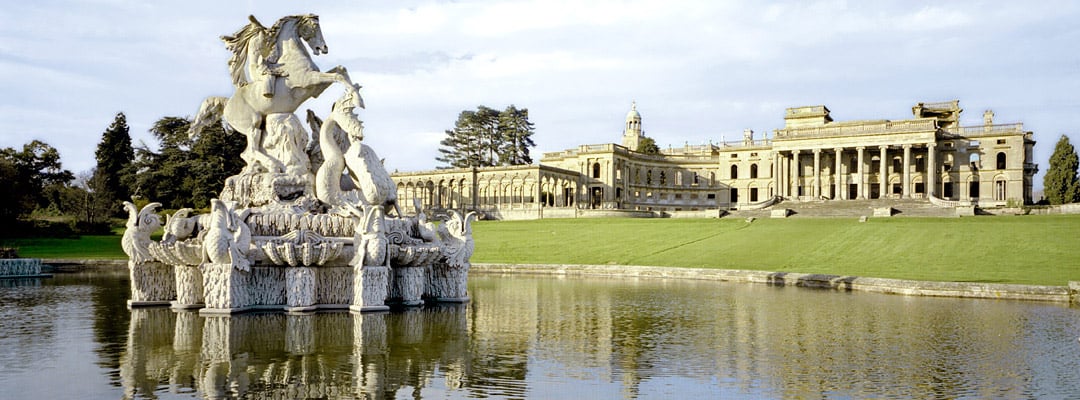
ROYAL HORTICULTURE
New developments in the study and rearing of plants were encouraged by the creation of public botanical gardens, including the Royal Botanic Gardens at Kew, which first opened to the public in 1840.
In 1861 the Horticultural Society of London, founded in 1804, added ‘Royal’ to its name thanks to the deep interest in its work taken by Prince Albert, who had laid out magnificent gardens of his own at Osborne on the Isle of Wight.
EXPERIMENT AND INVENTION
Advances in the way plants were transported and transplanted meant that botanists were able to raise specimens imported from all over the world. From the 1830s plant diversity was also increased by experiments in creating hybrids. The most significant of all laboratory gardens was Down House in Kent, where Charles Darwin investigated such subjects as the action of earthworms on soil, and how orchids are adapted for fertilisation.
Horticultural inventiveness was not confined to plants. The first lawnmower was patented in 1830. Other innovations included Joseph Pulham’s invention of artificial stone for rockeries, used at Audley End in Essex, and the development from 1847 of sheet glass, which meant that large glasshouses could be built much more cheaply.
When the garden at Brodsworth Hall in Yorkshire was laid out in the 1860s its paths were made of another invention: asphalt.
ARCHITECTURAL GARDENS
Victorian designers reacted strongly against the 18th-century vogue for naturalistic gardens and landscapes. They preferred to bring houses and gardens into stylistic unity.
When Earl de Grey designed a new house for himself at Wrest Park, Bedfordshire, in the 1830s, he created an elaborate formal garden to match its 18th-century French appearance, with scroll-shaped flowerbeds, lead statues and a fountain. Similarly, William Ward commissioned new gardens to complement his dramatically transformed house at Witley Court, Worcestershire, complete with ornamental lake, elaborate parterres and spectacular fountains.
At Audley End, the antiquarian-inclined 3rd Lord Braybrooke created a new setting for his great Jacobean house with a formal parterre garden imitating 17th-century models.
URBAN LUNGS
Urban parks, created in response to concern about overcrowding and the condition of the poor, brought Victorian innovations in garden design to a wider public. Echoing private gardens in their layout and planting, but with amenities such as bandstands and tea houses, parks were laid out by some of the greatest designers of the age, such as Joseph Paxton and John Claudius Loudon.
At the same time the first large urban cemeteries were also being created, many in the form of landscape gardens. One of the earliest was at Kensal Green in north London, opened in 1831. Like many Victorian cemeteries it has an extraordinary variety of sculpture and monuments.
COTTAGE GARDENS
By the late 19th century gardening was a national pastime, and fashions were being set by the middle classes as much as – if not more than – they were by the aristocracy.
But the desire to maintain a link between the style of a house and its setting remained strong. The interest in vernacular architecture encouraged by the Arts and Crafts movement led designers to imitate cottage gardens by reviving long-neglected plants. When Sir Lowthian Bell acquired Mount Grace Priory in North Yorkshire in 1899, and restored the Jacobean house on Arts and Crafts principles, he also laid out a terraced garden in a matching style. It embodied the respect for the past which the Victorians maintained, even at their most innovative and experimental.
More about Victorian England
-
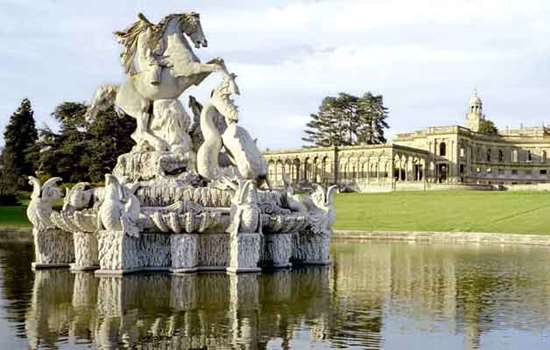
Victorian Architecture
The architectural profession is largely a Victorian creation. From the 1820s, architects began to experiment with a profusion of styles.
-

Victorian Power and Politics
Although England in the late 1830s was still ruled by a propertied upper class, there had long been a degree of social mobility.
-
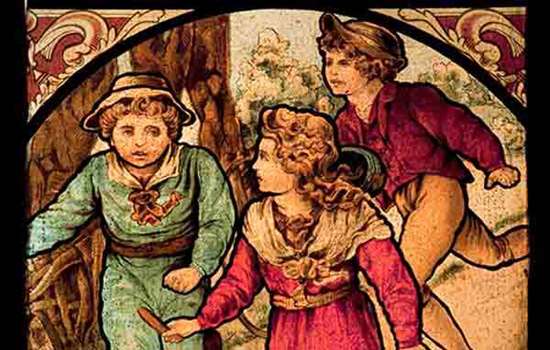
Victorian Daily Life
Although the Victorian era was a period of extreme social inequality, industrialisation brought about rapid changes in everyday life.
-
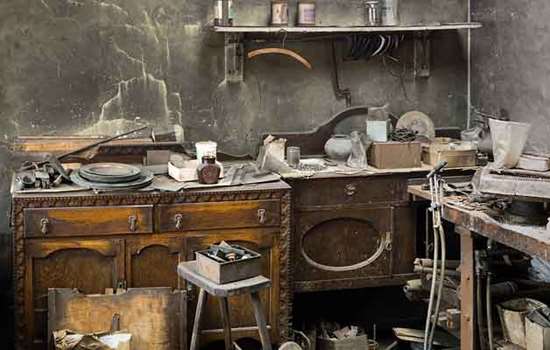
Victorian Commerce
Overseas trade and an extensive commercial infrastructure made Britain in the 19th century the most powerful trading nation in the world.
-

Victorian Food and Health
In the Victorian period the growth of the railways made it possible to transport food to markets. But there was still no cure for most diseases and life expectancy remained low.
-
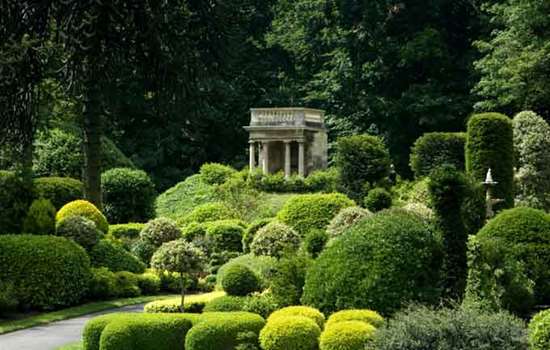
Victorian Parks and Gardens
An extraordinary number of innovations in the study and cultivation of plants were made during the Victorian period. Meanwhile, gardening became a national obsession.
-

Victorians: War
Victorian Britain was both the greatest power in the world and the least militarised. Its military shortcomings were starkly revealed by the disastrous Crimean and Boer Wars.
-

Victorian Religion
The Victorian era saw the Church of England become increasingly only one part of a vibrant and often competitive religious culture.
Victorian Stories
-

Below Stairs at Audley End
What were Victorian servants’ lives like? Discover the stories of the men, women and children who worked at Audley End House, Essex, in the 1880s.
-

How Dracula Came to Whitby
How Bram Stoker’s visit to the town of Whitby provided him with atmospheric locations for a Gothic novel – and a name for his famous vampire.
-

Birthdays at Osborne
Find out how Queen Victoria and Prince Albert celebrated their birthdays, and what the gifts they exchanged tell us about their private lives.
-

The ‘Osborne Style’: From Naples to Melbourne
How Osborne House’s Italianate design – the inspiration of Prince Albert – came to be imitated in public buildings throughout the British Empire.
-

The Darwin Family at Down House
How Charles and Emma Darwin’s children were both seen and heard during their surprisingly boisterous childhood at Down House in Kent.
-

Child Labour in the Lake District
Stott Park Bobbin Mill is located in an idyllic spot, but life was far from ideal for the ‘bobbin boys’ who worked there in the 19th century.
-

The Dilessi Massacre and a Gothic Revival Masterpiece
How the death of a young English aristocrat taken hostage in Greece inspired the building of St Mary’s Church, Studley Royal.
-

The Match Girls’ Strike
Read about one of the most important strikes in modern British history, which took place at the Bryant and May match factory in 1888.